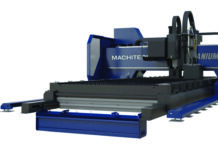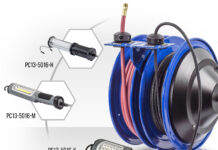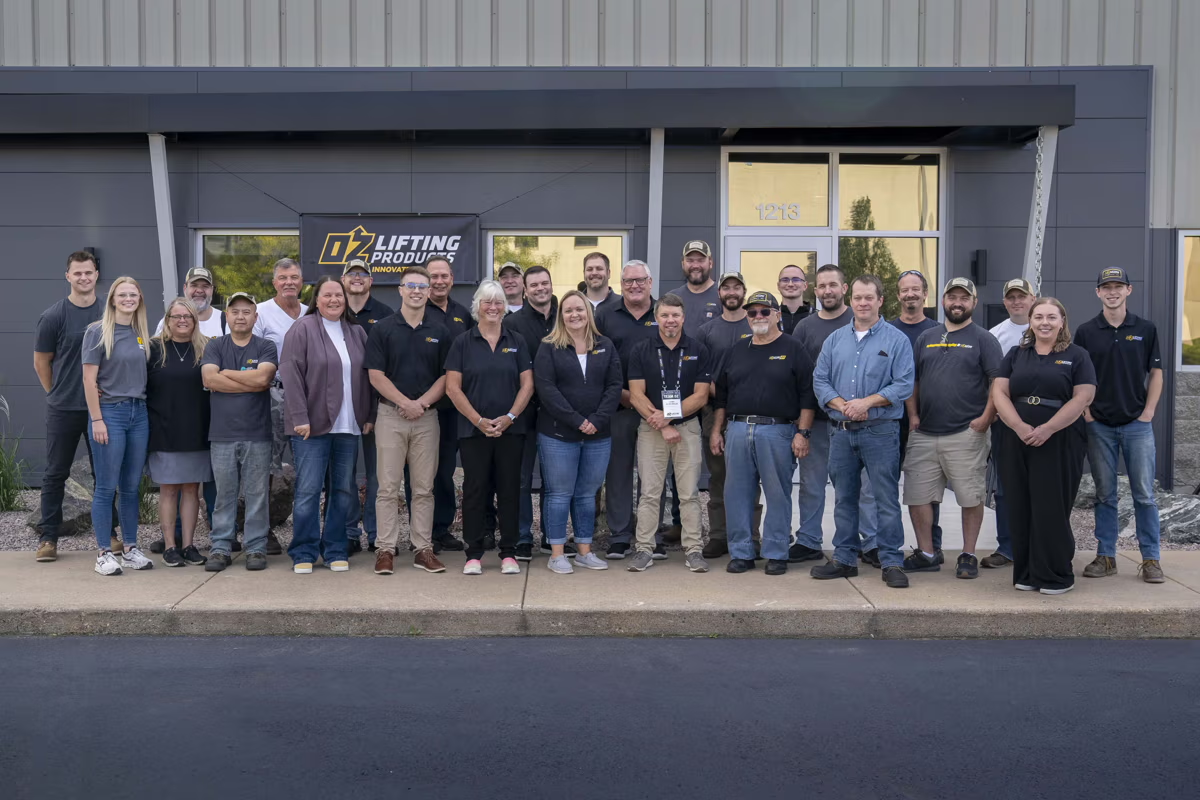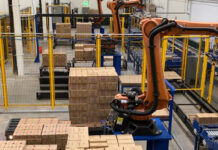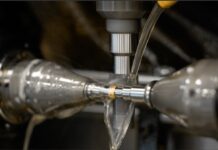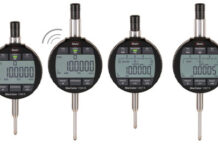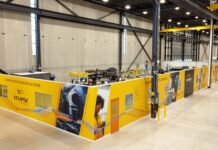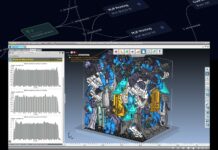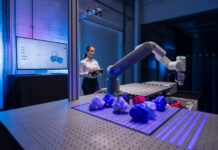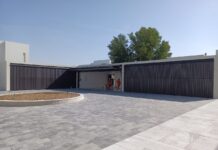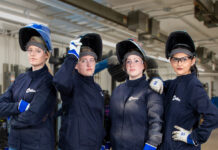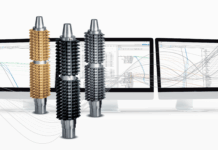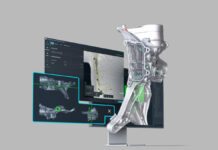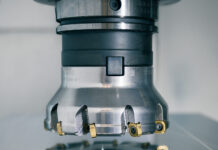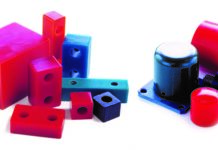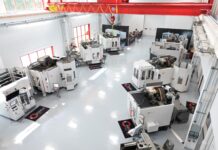Integrated Engineering for Optimized Machine Development
Machine builders who use integrated engineering to develop machines can reduce engineering time across the entire process chain by up to 30 percent, saving considerable costs. This innovative solution from Siemens for the virtual commissioning of machine tools enables the interaction of real controllers with virtual machine models, permitting real-time measurements to highlight potential design errors prior to physical machine commissioning. Moreover, the time and effort spent on real commissioning are significantly reduced as the user has plenty of time to fully test and prepare the actual commissioning phase. The solution uses Mechatronics Concept DesignerTM, an integrated machine design application based on NXTM software from Siemens’ product lifecycle management (PLM) software suite. Mechatronics Concept Designer enables realistic machine simulation, not just on the pure graphic level, but based on actual physical data.

Alongside precision and functionality, the machine engineering and concept design process is all about time and costs. If errors during the planning and design phase only become evident with the finished prototype, or worse still at the installation and commissioning stage in the customer’s factory, corrective action could be costly and laborious. With its integrated engineering approach, Siemens is offering machine builders the ability, within a matter of a few days and using commercial IT hardware, to create a simulation of the machine based on their computer-aided design (CAD) data and test it under real conditions before actual production takes place.
This entails connecting the simulation model of the machine running on a computer to a real controller such as a Sinumerik with the aid of Simit simulation software. The machine model can then be controlled in real time and recorded data about its behavior. As a result, the manufacturer is able to exhaustively test a machine’s mechanical function and automation concept while the engineering process is still on-going. Integrated engineering enables the manufacturer to identify and remedy any planning errors which come to light, such as incorrectly dimensioned components, before real commissioning takes place – speeding up the machine development process by as much as 30 percent.
3D models based on physical data
Mechatronics Concept Designer is used to create this virtual machine model, which can significantly accelerate the machine tool concept design process. The software enables function-oriented mechatronic 3D modeling and simulation of concepts with multibody physics including automation-related behavior. As a result, a machine model is simulated not just on the graphic level, but also using actual data from the real machine, fulfilling all the functions of a physical prototype.
Reference: Virtual commissioning of a Kapp Niles swivel loader
Within the framework of a pilot project, machine builder Kapp Niles from Coburg, Germany, tried and tested the advantages of the Siemens integrated engineering approach. Based on the CAD design data for the swivel loader used in the gear grinding machine KX100 DYNAMIC, the grinding machine experts used Mechatronics Concept Designer to create a 3D model, which was then gradually complemented by actuators and sensors as well as the physical properties of axes, joints and springs. After working out the electric and hydraulic design in EPLAN, the developers consolidated the complete machine model using Mechatronics Concept Designer and transferred it to a virtual model. PLC Connect and Simit software were then used to link the virtual machine to a real controller. Kapp’s engineers, in their virtual commissioning phase, were able to test the model exhaustively for a week under real conditions using a hardware-in-the-loop rig. As a result they were not only able to fully vet the design before delivery, but also to reduce the time spent on commissioning in assembly from about three weeks to just three days.
About Siemens AG
Siemens AG (Berlin and Munich) is a global technology powerhouse that has stood for engineering excellence, innovation, quality, reliability and internationality for more than 165 years. The company is active in more than 200 countries, focusing on the areas of electrification, automation and digitalization. One of the world’s largest producers of energy-efficient, resource-saving technologies, Siemens is No. 1 in offshore wind turbine construction, a leading supplier of gas and steam turbines for power generation, a major provider of power transmission solutions and a pioneer in infrastructure solutions as well as automation, drive and software solutions for industry. The company is also a leading provider of medical imaging equipment – such as computed tomography and magnetic resonance imaging systems – and a leader in laboratory diagnostics as well as clinical IT. In fiscal 2015, which ended on September 30, 2015, Siemens generated revenue of €75.6 billion and net income of €7.4 billion. At the end of September 2015, the company had around 348,000 employees worldwide.
Further information is available at www.siemens.com.




